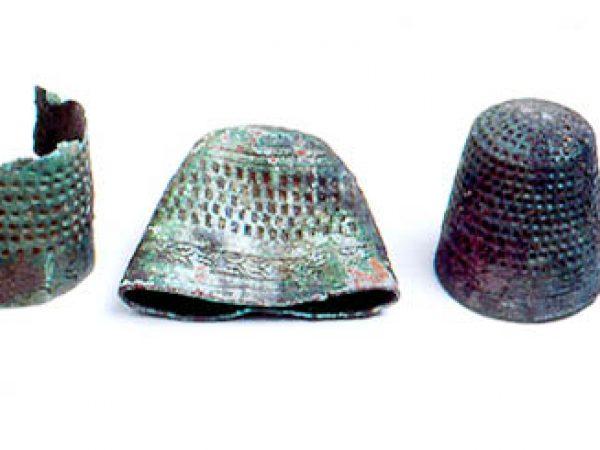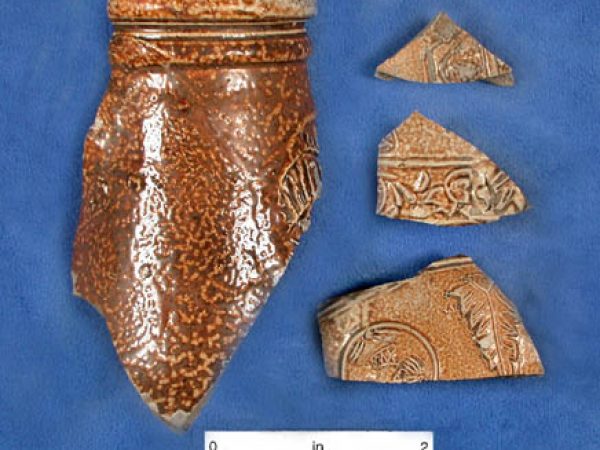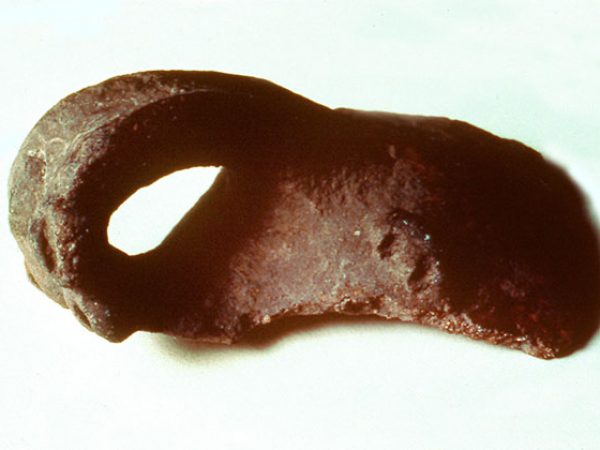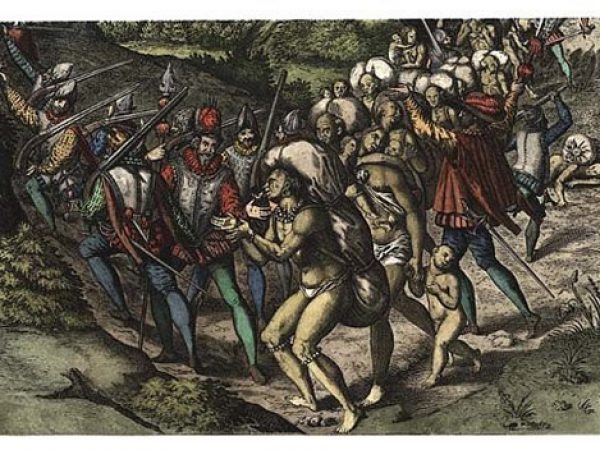One of the most interesting questions in the investigation of the earliest European colonies is the rate, degree and characteristics of the transition from a “European” to a “Euro-American”.
The archaeological deposits at Puerto Real could be divided “early” (ca. 1503-1550) and “late” (ca. 1550-1580) periods. Nearly all researchers in the investigation of Puerto Real have concluded that there is very little archaeological evidence for significant change from the “early” to the “late” periods at Puerto Real, and that the patterns that persisted through the century were largely in place at the beginning of occupation.
The most distinctive differences observable through time in this limited data base at Puerto Real were first, an increase in diversity of the material assemblage, and second, the replacement of indigenous Taíno ceramic wares by a more simple, generalized local pottery tradition (this has been studied and reported by Greg Smith). There was also the suggestion of a general increase in the proportions of non-European ceramics overall in the ceramic assemblage.
 Nuremburg (German) thimbles excavated at Puerto Real
Nuremburg (German) thimbles excavated at Puerto Real Northern European stoneware, from the Rhine valley region
Northern European stoneware, from the Rhine valley region Montelupo polychrome majolica from Italy, excavated at Puerto Real
Montelupo polychrome majolica from Italy, excavated at Puerto Real Locally-produced, hand-built pottery probably made by African (or Native American) slaves, and used in Puerto Real's Spanish kitchens
Locally-produced, hand-built pottery probably made by African (or Native American) slaves, and used in Puerto Real's Spanish kitchens Forced labor for the Spaniards, along with epidemic disease, contributed to the decline of Native American population in the Caribbean. (Exploitation of Native American labor by Spaniards in Peru, Theodore de Bry, America. part 6. Frankfurt, 1596)
Forced labor for the Spaniards, along with epidemic disease, contributed to the decline of Native American population in the Caribbean. (Exploitation of Native American labor by Spaniards in Peru, Theodore de Bry, America. part 6. Frankfurt, 1596)
Smith concluded that the changes in locally made pottery used by the Spanish colonists as cooking wares, reflect the change from a predominantly Indian to a predominantly African labor force in the colony. This population replacement is well-documented in the written record, and had a profound effect on the development of post-contact society throughout the Caribbean. In addition to ceramic traditions, Afro-Indian contributions and influences can be seen in other craft areas, as well as in cuisine, medicine, music, dance, religion, art, architecture and language.
This process of multi-cultural admixture appears to have been in operation during Puerto Real’s “early” occupation period, influenced both by multi-racial Iberian cultural traditions and by the overwhelmingly male-dominated demographic composition of the Spanish colonies in general. The role of women in the Spanish colonization effort was central to the Spanish practice of incorporating non-European elements into domestic life. Women – particularly non-European women – served as a primary link between the three cultures in the post-1500 Americas.




